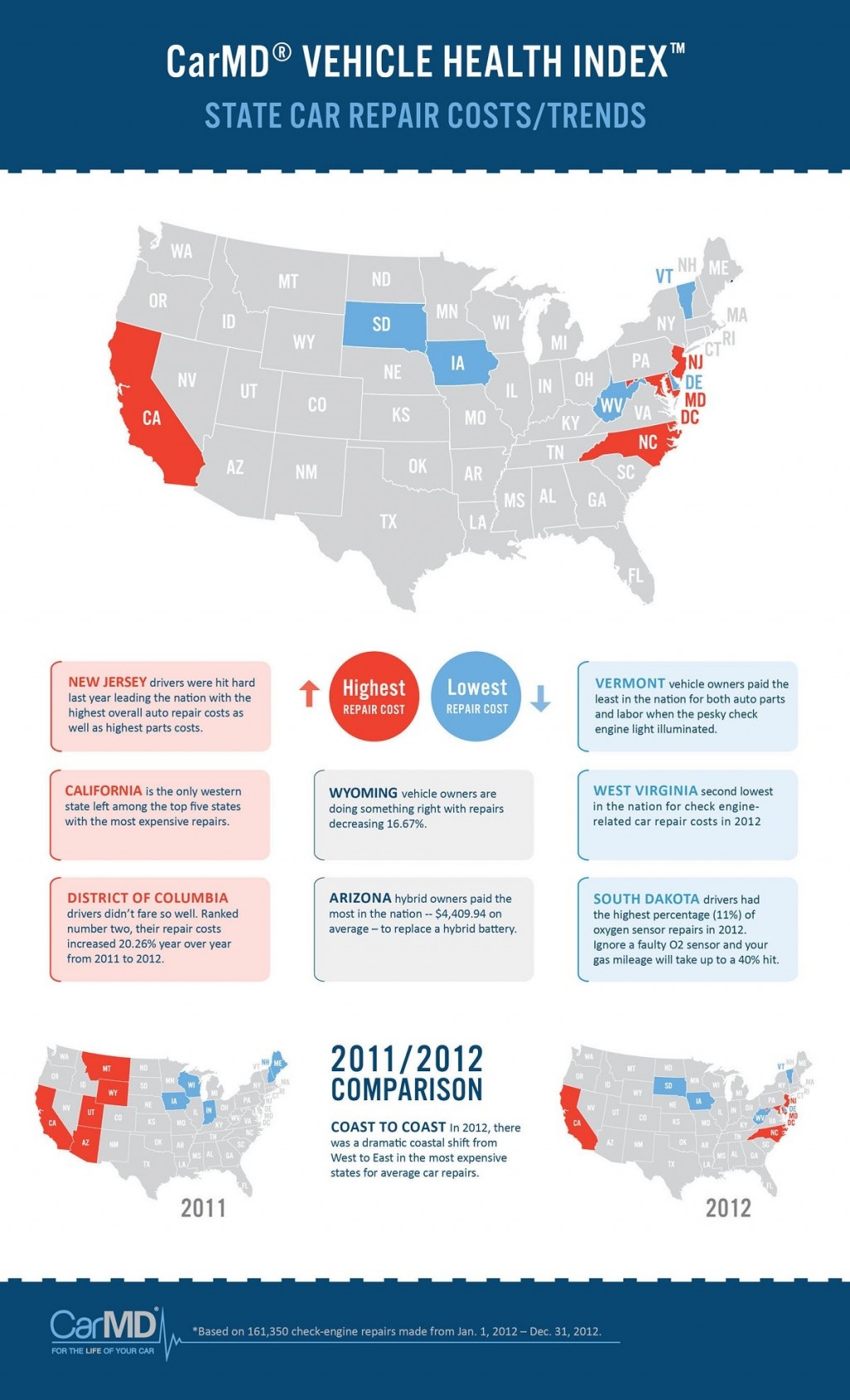Recognizing Your Cars And Truck'S Warning Lighting: What Do They Actually Mean?
Recognizing Your Cars And Truck'S Warning Lighting: What Do They Actually Mean?
Blog Article
Web Content By-Vinson Gilbert
When you're behind the wheel, those glowing warning lights on your dashboard can be a bit puzzling. Do you know what they're trying to inform you regarding your car's health and wellness? Recognizing the importance of these lights is crucial for your security and the long life of your automobile. So, the following time one of those lights pops up, wouldn't you intend to decode its message properly and take the necessary actions to resolve it?
Common Warning Lighting and Interpretations
Identify usual caution lights in your automobile and understand their significances to ensure secure driving.
One of the most typical warning lights include the check engine light, which signifies issues with the engine or discharges system. If https://brakeshops73940.answerblogs.com/32309292/the-ease-of-mobile-vehicle-outlining-changes-your-car-s-appearance-however-is-it-as-effective-as-conventional-approaches-discover-the-truth-behind-this-service comes on, it's critical to have your car checked immediately.
The oil stress alerting light shows low oil stress, requiring prompt focus to stop engine damage.
A flashing battery light may recommend a malfunctioning charging system, possibly leaving you stranded otherwise addressed.
The tire stress tracking system (TPMS) light alerts you to low tire pressure, influencing car security and fuel effectiveness. Overlooking car cleaning products nz can lead to dangerous driving problems.
The ABS light indicates a trouble with the anti-lock stopping system, jeopardizing your capacity to stop quickly in emergencies.
Lastly, the coolant temperature level warning light warns of engine overheating, which can cause serious damage otherwise settled promptly.
Comprehending these typical caution lights will aid you address issues quickly and maintain risk-free driving conditions.
Significance of Prompt Interest
Comprehending the common warning lights in your car is only the first step; the value of immediately addressing these cautions can not be highlighted enough to guarantee your security when traveling.
When a warning light brightens on your dashboard, it's your auto's way of interacting a potential concern that needs interest. Neglecting these warnings can cause more extreme problems in the future, endangering your safety and possibly costing you extra in repairs.
Trigger attention to advising lights can prevent malfunctions and crashes. As an example, a flashing check engine light could suggest a misfire that, if left ignored, might trigger damage to the catalytic converter. Resolving https://elliottjeyup.thelateblog.com/32665811/astonishingly-convenient-mobile-cars-and-truck-outlining-services-not-just-conserve-you-money-and-time-but-also-improve-your-car-s-longevity-find-just-how-they-can-change-your-routine without delay can conserve you from a costly repair.
In a similar way, a brake system advising light might indicate low brake fluid or worn brake pads, essential components for your safety and security when driving.
DIY Troubleshooting Tips
If you discover a caution light on your dashboard, there are a couple of DIY troubleshooting tips you can try prior to looking for expert aid.
The initial step is to consult your vehicle's handbook to comprehend what the particular warning light shows. In some cases the problem can be as straightforward as a loosened gas cap setting off the check engine light. Tightening up https://www.foley.com/en/insights/publications/2022/03/top-legal-issues-facing-automotive-industry-2022 may fix the trouble.
An additional typical concern is a low battery, which can trigger numerous advising lights. Inspecting the battery links for deterioration and ensuring they're protected could deal with the problem.
If a warning light lingers, you can try resetting it by disconnecting the auto's battery for a few minutes and then reconnecting it. Furthermore, examining your vehicle's fluid degrees, such as oil, coolant, and brake liquid, can aid repair cautioning lights associated with these systems.
Final thought
Finally, comprehending your vehicle's caution lights is essential for maintaining your car running efficiently and safely. By quickly addressing these alerts and understanding what they mean, you can prevent expensive repair services and potential malfunctions.
Remember to consult your vehicle's handbook for specific details on each warning light and take action appropriately to make certain a trouble-free driving experience.
Stay informed, stay secure when traveling!
